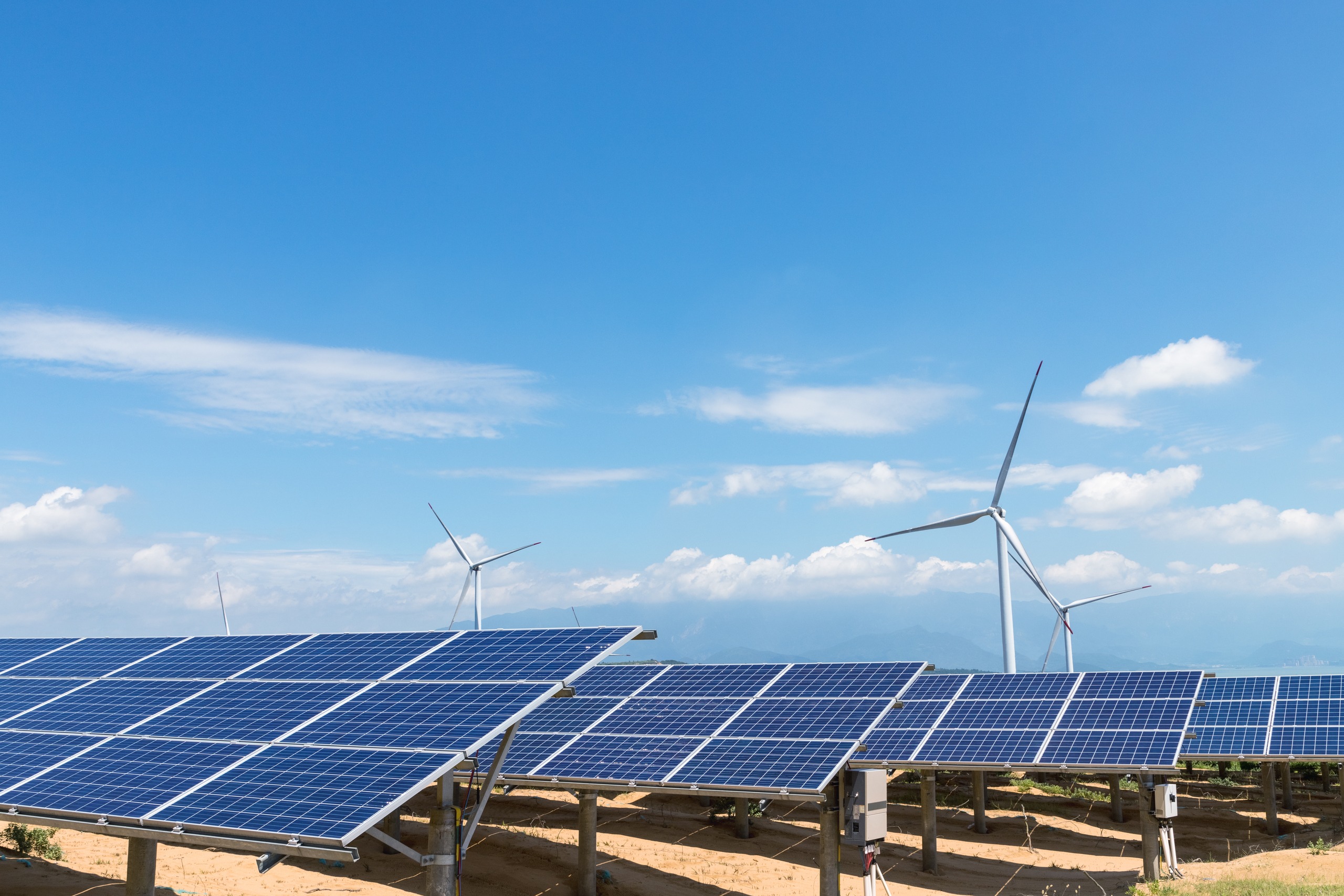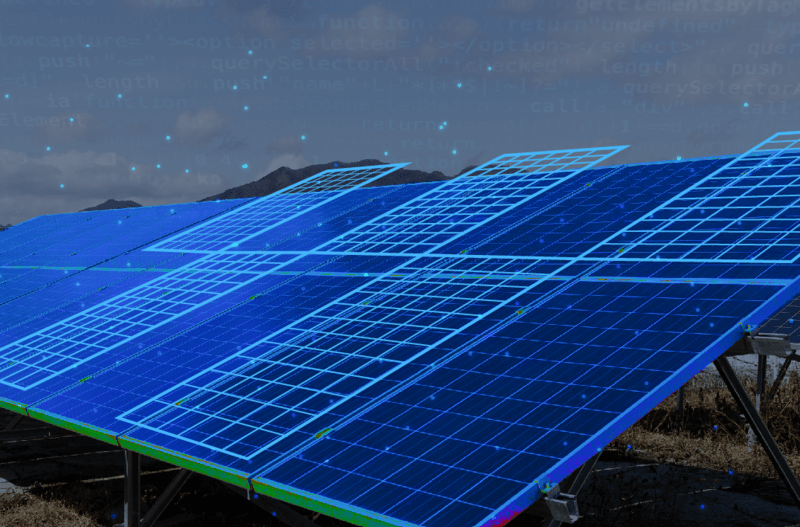The world is moving toward a renewable energy production model. This transition is part of a series of measures adopted in order to break energy dependence on polluting sources.
The concerns generated from the effects of global warming have made clean energy a source of supply option in many countries around the world.
However, there is still a large gap in the operation and management of these sources on a large scale.
In this article, we will highlight the key challenges of energy transition and how Digital Twin technology can bridge this gap and enable large-scale production of clean energy.
Grids Overview
Renewable Grids are structures responsible for the production and storage of electricity in solar or wind farms.
Despite the high technological advancements in the manufacture of these devices, these structures still have a big problem in relation to the efficiency capacity of their facilities. According to EIA data, approximately 66% of energy is wasted right after its production and transportation.
In addition to the losses in production, the scalability of panels and turbines demands a reformulation of the energy systems. Expanding the infrastructure with more robust underground power lines are necessary measures to improve distribution in highly loaded grids.

Another determining factor for the scalability of these tools is a unified digital system for load and failure management.
Since these are complex physical systems, the application of technologies that promote cyber-physical concepts tends to benefit the harmonization between hardware and digital.
Digital twin for large scale grid optimization
Digital Twin technology consists of a virtual replica of a physical asset. An authentic Digital Twin is a powerful connectivity tool in an industrial process.

The database of the digital model is fed by data from the field, such as sensors and scanning, as well as historical data from documents or manual inputs. From that Digital Twin processes and contextualizes data in order to deliver highly relevant outputs to decision-makers within processes.
Looking specifically at the benefits that this tool generates by bridging the efficiency scalability gap in grids we can highlight 03 main points.
Simulation and testing
One of the most compelling features of this technology concerns its predictive and simulation functionality.
The tool, when powered by predictive models and Machine Learning, has the ability to perform tests and simulations that can later be used for improvements in the production process, without the need for physical actions to be performed.
Another positive point regarding the simulation is the ability to predict the wind direction, or solar incidence. This sort of analysis is a fundamental aspect of the optimization of the energy production capacity of sources such as solar and wind.
Harmony between Hardware and Software
The digital twin enables the continuous flow of information between physical and digital assets. The use of a digital twin platform has the benefit of centralizing and contextualizing the information coming from the hardware in the field.
In this way, hardware and software can work together for greater efficiency.
Unification between different sources from different grids in a single system
Wind and solar farms have several different grids connected to the same network. Through digital twin platforms, the whole grid can be integrated into a single system, thus generating more efficiency and speed in the access to valuable information by the operators.
Conclusion
Despite the challenges that the renewable energy sector has on its way to the scalability of its operations, the digital twin technology has proven to be a great option for industries wishing to combine the centralization, simulation, and contextualization capabilities proposed by the digital twin in order to boost their energy efficiency and leverage their scalability.
Want to understand more about how a digital twin platform can do this? Fill out the form and find out.



